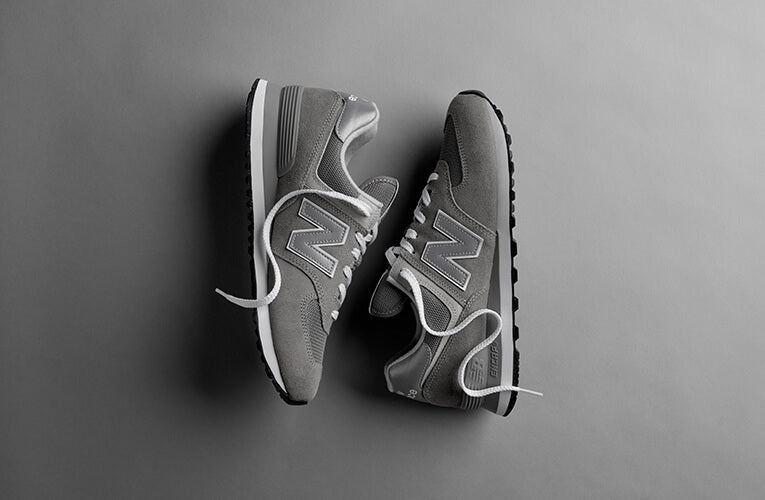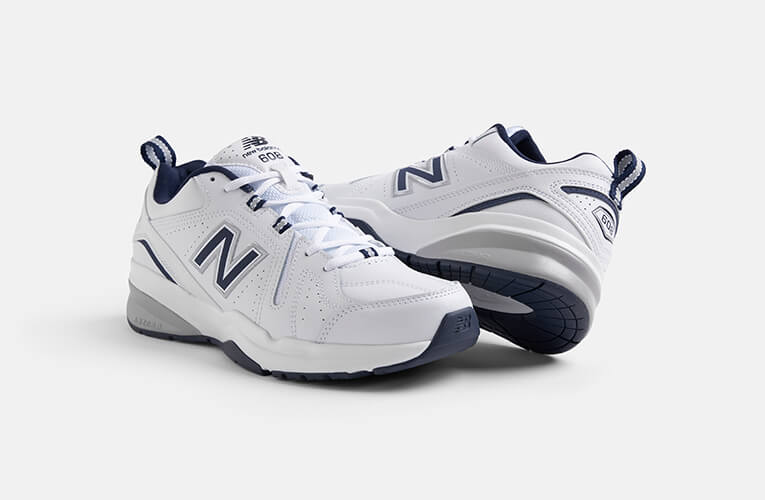Wide fit shoes in action: How the right pair of shoes can make a tremendous difference in the lives of diabetics

People with diabetes have an increased chance of suffering from foot problems. This is due to the raised blood glucose that damages the sensation in the feet, manifesting itself as sensory or motor neuropathy. Another problem that can affect diabetics is peripheral vascular disease. Without good blood flow, sores and cuts heal slowly or do not heal at all. Also, you may experience cramps and pain in your legs or feet. Diabetic neuropathy and peripheral vascular disease are medical conditions that can cause serious complications. If the problems are not treated on time, they will no doubt lead to foot ulcers, infections (including skin infections, bone infections, and abscesses), and foot deformities.
The great news is that most issues can be prevented with proper foot care. Actually, foot care is a crucial part of any diabetic care plan. Preventative care can help in all stages of the disease. If you proactively address your diabetes-related foot problems, you will avoid a painful amputation. Getting new shoes is a great way for diabetes sufferers to care for their feet. Your feet take a beating each day, so they deserve a little tender loving care. Support your feet with diabetes-friendly footwear. What you need are wide fit shoes. This type of footwear is larger in the tread as compared to other garments worn on the feet, providing the feet much-needed space to spread naturally. Wide fit shoes are the most comfortable, stylish footwear option for people with diabetes.
Life without shoes: Taking a closer look at the effectiveness of therapeutic footwear
Wearing ill-fitting shoes or, worse, going without shoes for a long time causes foot problems. People with diabetes not only have to pay close attention to feet problems, but also they have to wear shoes that are specifically designed for them. Wide fit shoes can and will:
- Alleviate foot pain. When the shoes are too tight, the feet do not get the support that they need. Inadequate support causes pain beyond the feet, extending to the knees and back. The effects are felt throughout the body. Your feet are prone to blisters and ulcers, which is why you should buy a pair of shoes that offers a snug fit, without being too tight.
- Promote blood circulation. A person suffering from poor blood circulation, aka a diabetic, requires a boost of blood to parts of the body. Garments that are too tight restrict the blood flow. When the footwear does not fit, circulation is impeded as your toes as pressed tightly together against the inside of the shoe. Wide fit shoes give your toes extra room.
- Protect the entire foot. The biggest mistake that a diabetes sufferer can make is going barefoot. It is important to have shoes all the time, even if you roam through the home in the middle of the night. Therapeutic shoes protect the entire foot. Diabetics need to wear something on their feet all the time, even when indoors.
- Preventing re-ulceration. A foot ulcer is basically an open sore. The black tissue is the one that stands out. How do you prevent a diabetic foot ulcer? Simple, with the help of diabetic footwear. There are significant protective benefits to wearing diabetics shoes. There are no internal seams, so there is no need to worry about skin breakdown.
- Improved motion control. Wide fit shoes contribute to foot stability and function. Practically, diabetes patients have better motion control. They enjoy extra stability and can prevent unwanted movement situations. Equip yourself with the right pair of shoes. Always wear wide fit shoes.
Why diabetics near to wear wide fit shoes?
It is quite clear that diabetes sufferers are not able to wear any kind of shoes. They need footwear that fits properly. If you have diabetes, make sure to choose shoes that prevent any type of injury – in other words, wide fit shoes for diabetics. Even the tiniest blister can develop into infection and gangrene. More than half of amputations begin with thee issues. If you have your disease under control, you are a very lucky person. All you have to do is select a pair of well-fitting shoes. This represents one step further when it comes down to accommodating your condition. The question now is: do you really need diabetic shoes?
Footwear comes in standard widths, most of them being available in narrower styles. The result is that the vast majority of individuals are not wearing the right shoes. They purchase larger shoes to get the width that they require. Fortunately, there are manufacturers that make shoes of varying widths. They stock different widths from which diabetics can choose. If you want to walk through life with healthy feet, invest in wide fit shoes. Gone are the days when this therapeutic footwear was limited to a range of style. Today’s wide fit shoes are as stylish as they are comfortable. Seek garments with good coverage for the top and bottom. You will love the innovative shoe construction. Equally important is to look for socks that are made from cotton and control moisture.
Ill-fitting footwear is a danger to diabetics
Poorly fitting shoes are the number one cause of foot problem. Spending the day in a pair of too small shoes results in problems like inflammation, corn, calluses, and ulcer. Inappropriate footwear contributes to a high percentage of foot ulcers. It is important to check your foot size before making a shoe purchase, otherwise you risk buying shoes that are too narrow for your foot width. Tight shoes are problematic. Do not put yourself at risk for infection or ulceration. There aren’t too many effective medications that can reverse nerve damage. It is even more important to Shoe shopping requires a little bit of attention. The tight fit may seem correct and comfortable, but it is not. Something as simple as wearing the wrong pair of shoes will expose you to harm.
There is nothing more important than making the transition to wide fit shoes or wide fit boots. Diabetic-friendly footwear is your best friend.






